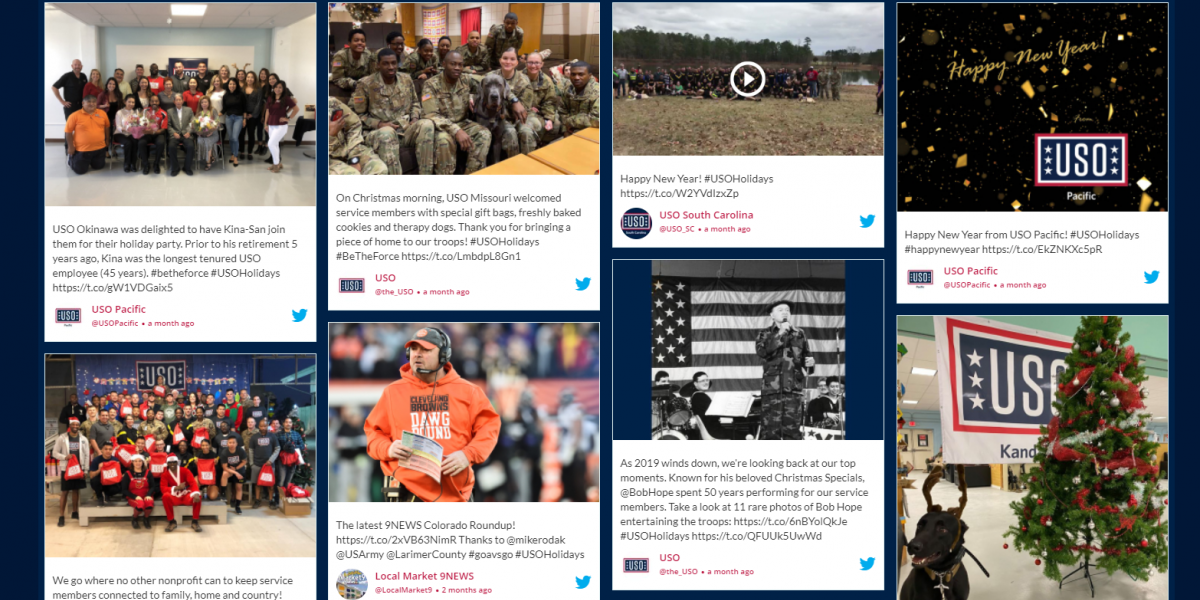
Naturally, this second method is less popular among the technically challenged and is generally used by developers. Another way is to use the platform's JavaScript API for the same. The popular one is using the default embed code ( HTML markup) provided by the respective social media platform.

There are several ways to embed social updates on a webpage.

Turn on or off Display header and Display borders.Įnter the number of the maximum number of tweets you want to show in the Maximum Tweets displayed box.If you're an avid Twitter user and frequently embed tweets on your website or on a blog, use this simple guide to customize their appearance to not only match it with your site's design but to also divert the attention of the readers.

In the Twitter web part property pane on your SharePoint page, paste the link for the collection it in the box under Add a Twitter username or a link for a tweet or collection. Once you have created your collection, click the Filter icon at the top of the collection to access the menu, then click Share and View on .įrom Twitter, copy the web address of the collection. If you don't already have a collection, you can create one using TweetDeck For instructions, see advanced tweetdeck features and scroll down to the section on Collections. You can show results from a collection of Tweets that you curate and manage. In the box under Add a Twitter username or a link for a tweet or collection, enter the Twitter username or web address for the tweets you want to get. Hover your mouse above or below an existing web part or under the title region, click, and then select the Twitter web part. If you're not in edit mode already, click Edit at the top right of the page. Go to the page where you want to add the Twitter web part. For this web part to work properly, use a browser supported by Twitter. Twitter no longer supports the Internet Explorer 11 browser. The Twitter web part is not available in SharePoint Server 2019.

If you don't see this web part in the web part toolbox, your administrator may have disabled it. This means that you may not yet see this feature or it may look different than what is described in the help articles. Some functionality is introduced gradually to organizations that have opted in to the Targeted Release program.


 0 kommentar(er)
0 kommentar(er)
